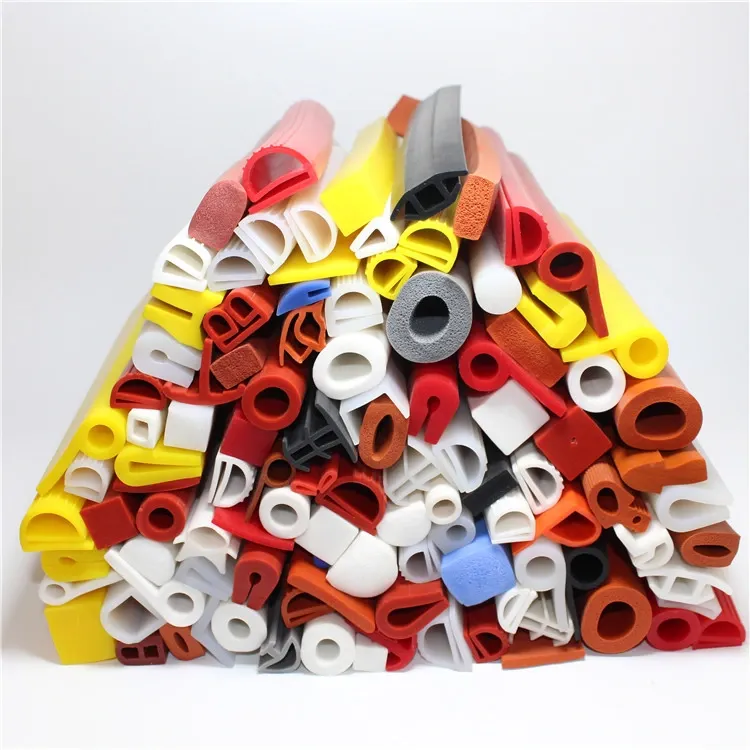Key Components of Quality Dog Food for Optimal Health and Nutrition
The Essential Guide to Dog Food What Every Pet Owner Should Know
As a responsible pet owner, one of the most crucial decisions you will make is choosing the right food for your dog. Just like humans, dogs require a well-balanced diet to thrive. With countless options available in the market, it can be overwhelming to determine what constitutes essential dog food. This guide aims to break down the key components of a nutritious dog diet, ensuring your furry companion remains healthy and happy.
Understanding Dog Nutritional Needs
Dogs, like people, need a variety of nutrients to sustain their energy levels, maintain their health, and support their overall well-being. The primary components of dog food are proteins, carbohydrates, fats, vitamins, and minerals.
1. Proteins Proteins are the building blocks of your dog’s body. They play a critical role in muscle development, immune function, and overall growth. High-quality dog foods often include meat, poultry, or fish as primary protein sources. Aim for food that specifies real meat as the first ingredient.
2. Carbohydrates Carbs provide energy and are vital in a dog’s diet. Look for whole grains like brown rice, oats, and barley which are excellent sources of carbohydrates. Vegetables such as sweet potatoes and peas also contribute valuable nutrients and fiber.
3. Fats Healthy fats are essential for energy and help to maintain healthy skin and a shiny coat. Omega-3 and Omega-6 fatty acids are particularly beneficial. These can be sourced from fish oil or flaxseed oil. However, moderation is key, as excessive fat can lead to obesity.
4. Vitamins and Minerals These micronutrients support numerous bodily functions. Look for a balanced dog food that includes a range of vitamins (A, D, E, and B) and minerals (calcium, phosphorus, and potassium) to ensure your pet is receiving adequate nutrition.
Types of Dog Food
When it comes to dog food, there are a few main types available, each with its benefits and drawbacks
essential dog food

1. Dry Kibble Most commonly used, dry kibble is convenient and shelf-stable. It usually contains balanced nutrients and is easier for dog owners to measure out. However, ensure that it does not contain fillers or artificial preservatives.
2. Wet Canned Food Canned food often has higher protein content and is more palatable for many dogs. It's an excellent option for picky eaters or those needing increased hydration. However, it can be more expensive and less convenient than dry kibble.
3. Raw Diet Some pet owners opt for a raw food diet, consisting of raw meat, bones, fruits, and vegetables. While proponents argue it mirrors a dog’s ancestral diet, it requires careful planning to ensure nutritional completeness and safety.
4. Homemade Dog Food If you prefer to control your dog's ingredients, cooking homemade meals can be rewarding. However, consulting with a veterinarian or a pet nutritionist is crucial to avoid nutrient deficiencies.
Reading Labels and Making Informed Choices
To make the best choice for your dog’s diet, familiarize yourself with reading dog food labels. Look for products that meet the standards set by the Association of American Feed Control Officials (AAFCO), indicating complete and balanced nutrition. Pay attention to ingredient quality; avoid foods with vague terms like “meat by-products” or excessive fillers like corn or soy.
As you explore the options, consider your dog's age, size, breed, and any specific health needs. Puppies, adult dogs, and senior dogs have varying nutritional requirements. Likewise, active breeds may need more calories and protein than sedentary ones.
Conclusion
Feeding your dog the right food is essential to their health and longevity. With a clearer understanding of essential dog food, you can make informed decisions that support your pet’s specific needs. Always consult your veterinarian with any concerns about your dog’s diet or health, and enjoy the journey of nurturing a happy, healthy companion. Your furry friend will appreciate your efforts with every wag of their tail!
Share
-
The Best Lubricants for Aluminum Roller GuidesNewsJul.23,2025
-
Slitting Machine Applications in the Packaging IndustryNewsJul.23,2025
-
Rolling Roller Balancing Techniques for Smooth OperationNewsJul.23,2025
-
How To Optimize An EV Battery Assembly LineNewsJul.23,2025
-
Energy Efficiency in Modern Battery Formation EquipmentNewsJul.23,2025
-
Automation Trends in Pouch Cell Assembly EquipmentNewsJul.23,2025







